Thought it was an increase in nearsightedness, but it turned out to be cataracts
About 6 months ago, D noticed that her body was losing weight rapidly, so she went to the doctor and discovered that she had diabetes. After 4 months of combined treatment at home and in the hospital, this girl noticed that her right eye was gradually becoming blurry. At first, D mistakenly thought that her eyesight had increased because she was wearing glasses with a -4 diopter for nearsightedness and a -1.5 diopter for astigmatism.
However, after about a week, seeing that his eyes were more blurry and hazy, and a white patch appeared in the middle of the black pupil, D went to the hospital for a check-up.
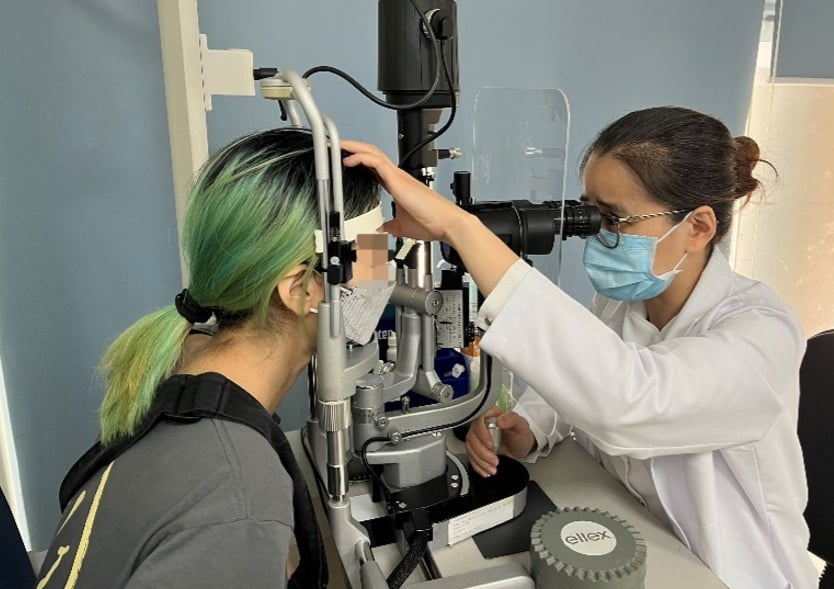
Complications from diabetes caused the 22-year-old girl to have cataracts requiring surgery (illustrative photo).
Doctors determined that D had cataracts in his right eye due to complications from diabetes, and had to be hospitalized for surgery to replace the lens. This disease is one of the common complications of diabetes, due to high blood sugar levels causing the lens to absorb more water, lose transparency and reduce vision.
Additionally, high blood sugar causes an enzyme in the lens to convert sugar into a sugar alcohol called sorbitol. The buildup of sorbitol causes the lens to become more plaque-filled, leading to vision loss.
Note eye complications in diabetic patients
Diabetic patients with cataracts can undergo surgery to remove the cloudy lens, however, the post-operative recovery process will be longer, and the risk of postoperative inflammation or infection is higher. Therefore, post-operative patients need to comply with the examination time and treatment orders to prevent, detect and treat complications early, ensuring the best surgical results.
Doctors also warn that diabetics with cataract complications may also have other retinal complications. In addition, some other eye diseases may also occur such as chalazion, stye, blepharitis, dry eyes, glaucoma, and paralysis of the ocular muscles.
Therefore, to limit the risk of eye diseases caused by diabetes, patients need to control blood sugar well, exercise regularly through exercises, swimming, yoga...; at the same time, pay attention to maintaining a moderate energy diet, dividing meals into many small meals, supplementing with fruits and vegetables rich in nutrients (especially nutrients good for the eyes), maintaining a reasonable weight, losing weight if obese. Patients also need to avoid or quit smoking, protect eyes from ultraviolet rays with sunglasses.
In addition, patients need to have regular, in-depth eye examinations for diabetic eye complications to promptly treat them if complications occur.
Signs of recognition:
People with cataracts as a complication of diabetes will experience blurred vision, difficulty seeing, or eye fatigue when focusing on an object. Symptoms include frequent glare, and difficulty seeing in bright light rather than in shade.
In addition, the eyes have the phenomenon of seeing many objects at the same time, blurred vision as if there is a layer of fog covering the eyes, making it difficult to read books, newspapers, drive, climb stairs... Looking in the mirror or when someone else looks into the black of the patient's eye, they can clearly see the opaque white patches.
Source: https://www.baogiaothong.vn/co-gai-22-tuoi-bi-bien-chung-duc-thuy-tinh-the-do-tieu-duong-192231106153536493.htm



![[Photo] Prime Minister Pham Minh Chinh and United Nations Secretary-General Antonio Guterres attend the Press Conference of the Hanoi Convention Signing Ceremony](https://vphoto.vietnam.vn/thumb/1200x675/vietnam/resource/IMAGE/2025/10/25/1761391413866_conguoctt-jpg.webp)
![[Photo] National Assembly Chairman Tran Thanh Man receives United Nations Secretary-General Antonio Guterres](https://vphoto.vietnam.vn/thumb/1200x675/vietnam/resource/IMAGE/2025/10/25/1761390815792_ctqh-jpg.webp)
![[Photo] Prime Minister Pham Minh Chinh receives United Nations Secretary-General Antonio Guterres](https://vphoto.vietnam.vn/thumb/1200x675/vietnam/resource/IMAGE/2025/10/25/1761390212729_dsc-1484-jpg.webp)

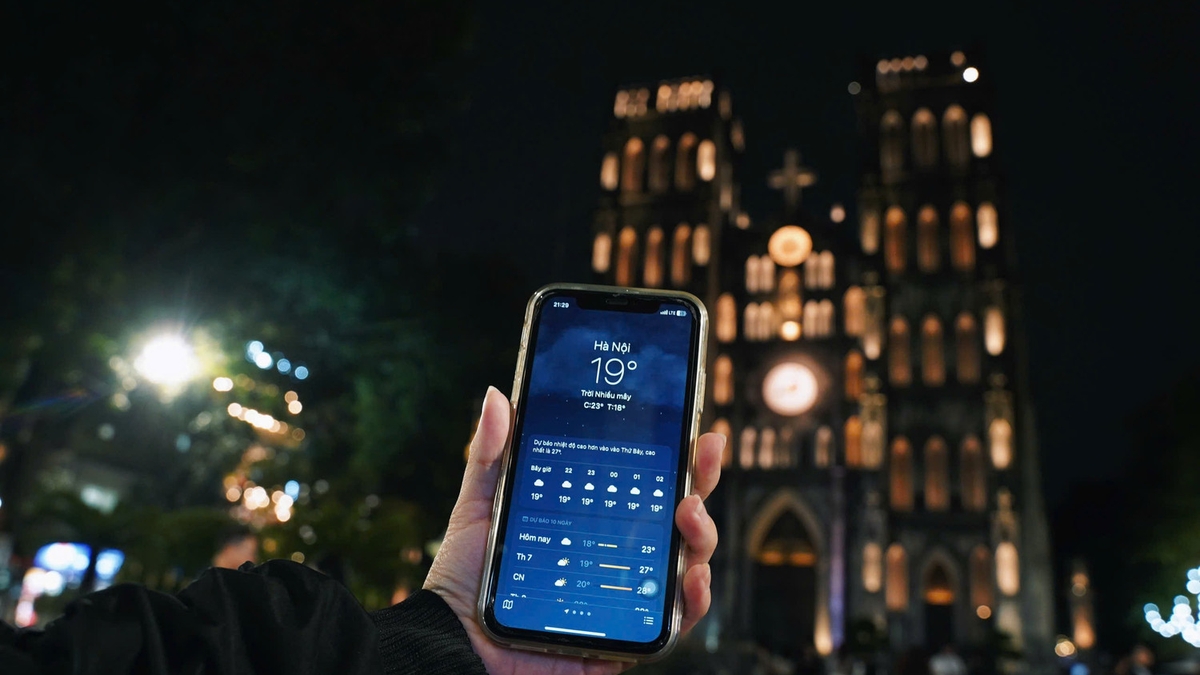
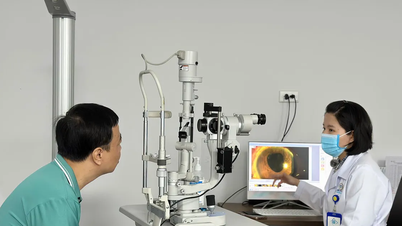






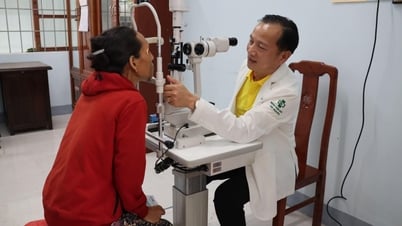



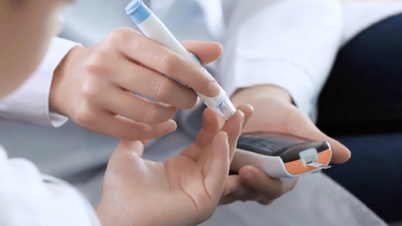
















![[Photo] General Secretary To Lam meets with General Secretary and President of Laos Thongloun Sisoulith](https://vphoto.vietnam.vn/thumb/1200x675/vietnam/resource/IMAGE/2025/10/25/1761380913135_a1-bnd-4751-1374-7632-jpg.webp)


















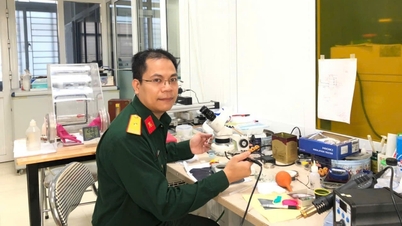































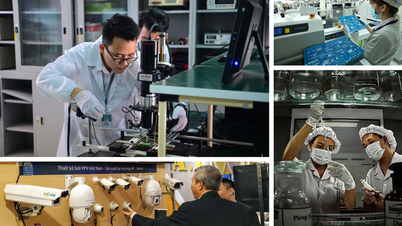




























Comment (0)